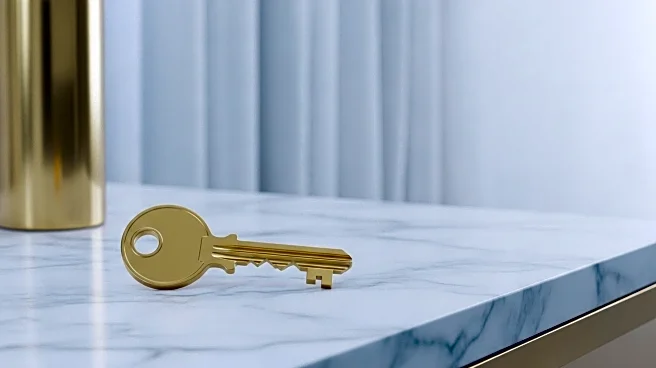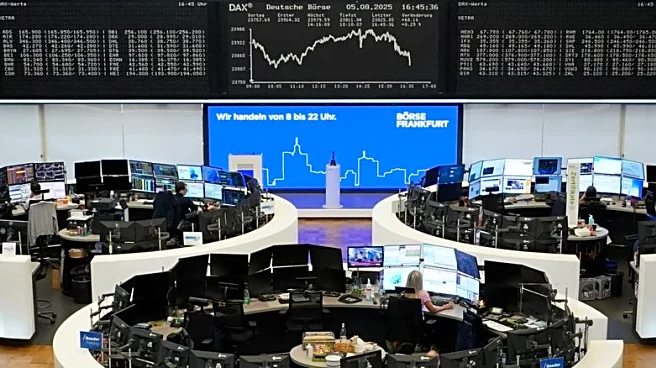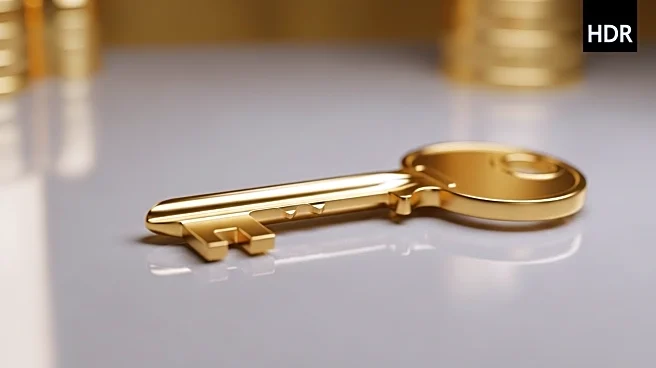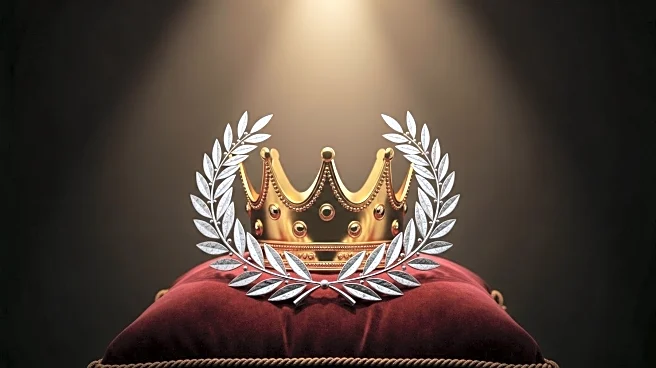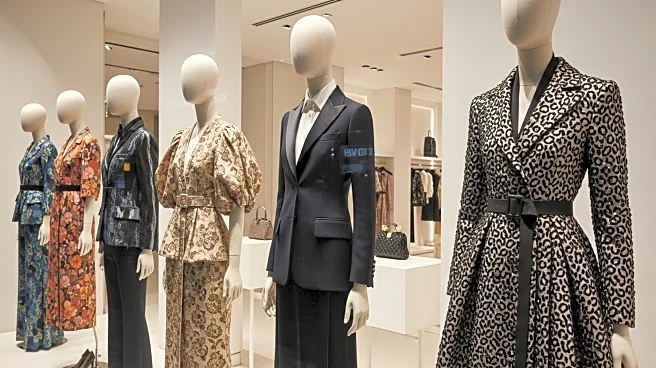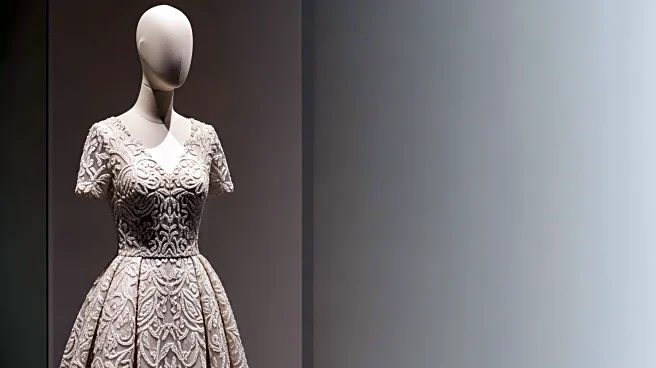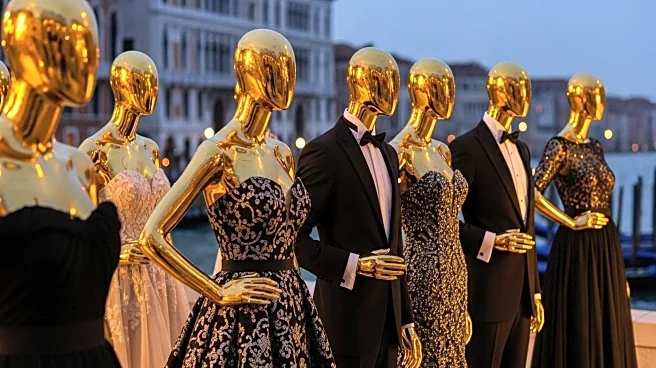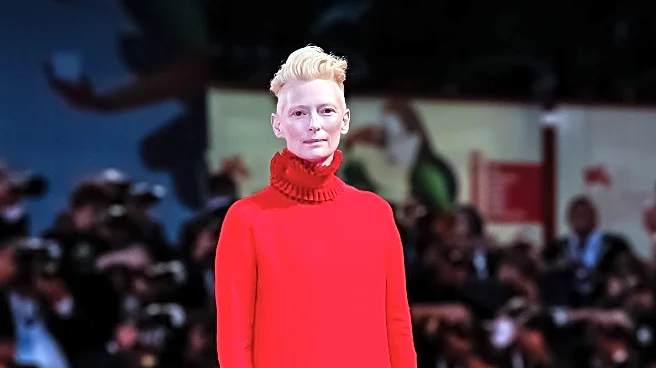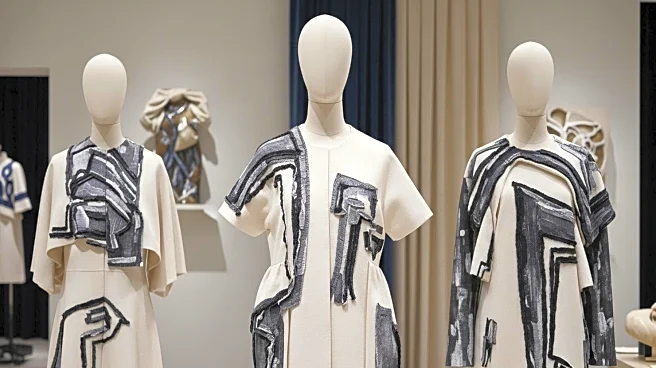What is the story about?
What's Happening?
HSBC has issued a report suggesting a positive outlook for the luxury sector following a challenging year marked by self-inflicted issues. The report, authored by luxury analyst Erwan Rambourg, anticipates a slight increase in sales during the second half of 2025, with a return to profitable growth in 2026. The bank forecasts a 2.9 percent average sales increase as luxury brands address issues such as 'greedflation' and a lack of creativity. Notable changes in designer leadership at major brands like Gucci, Dior, Chanel, and Balenciaga are expected to contribute to this recovery. Louis Vuitton's introduction of lipsticks and makeup is highlighted as a creative move at accessible price points. The report also notes potential improvements in luxury demand from the Chinese market, while acknowledging short-term challenges in the American market due to inflationary pressures.
Why It's Important?
The anticipated recovery in the luxury sector is significant for several reasons. It suggests a potential stabilization in the global luxury market, which has been volatile due to economic pressures and shifts in consumer behavior. Brands like LVMH and Kering, which have been upgraded by HSBC, stand to benefit from increased sales and creative revitalization. This recovery could lead to increased employment and investment in the luxury industry, impacting related sectors such as fashion, retail, and manufacturing. The report's positive outlook for the Chinese market indicates potential growth opportunities, while the American market's challenges highlight the need for strategic adjustments by luxury brands.
What's Next?
The luxury sector is expected to continue its recovery as brands implement creative changes and address economic challenges. Dior's new creative director, Jonathan Anderson, has already received acclaim for his first men's collection, indicating potential growth for the brand. Kering's new CEO, Luca de Meo, is anticipated to introduce changes that may lower risks for shareholders. The report suggests that Hermès, despite being a strong business, may not see significant sales acceleration in the second half. The sector's recovery will likely be influenced by global economic conditions, consumer trends, and strategic decisions by major luxury brands.
Beyond the Headlines
The report highlights deeper implications for the luxury sector, including the importance of creativity and innovation in driving growth. The focus on accessible price points and creative revitalization suggests a shift towards inclusivity and broader consumer engagement. The potential recovery in the Chinese market underscores the significance of international markets for luxury brands. Additionally, the report's mention of a favorable basis of comparison in Europe following the Paris Olympic Games in 2024 suggests potential long-term benefits for the sector.
AI Generated Content
Do you find this article useful?
